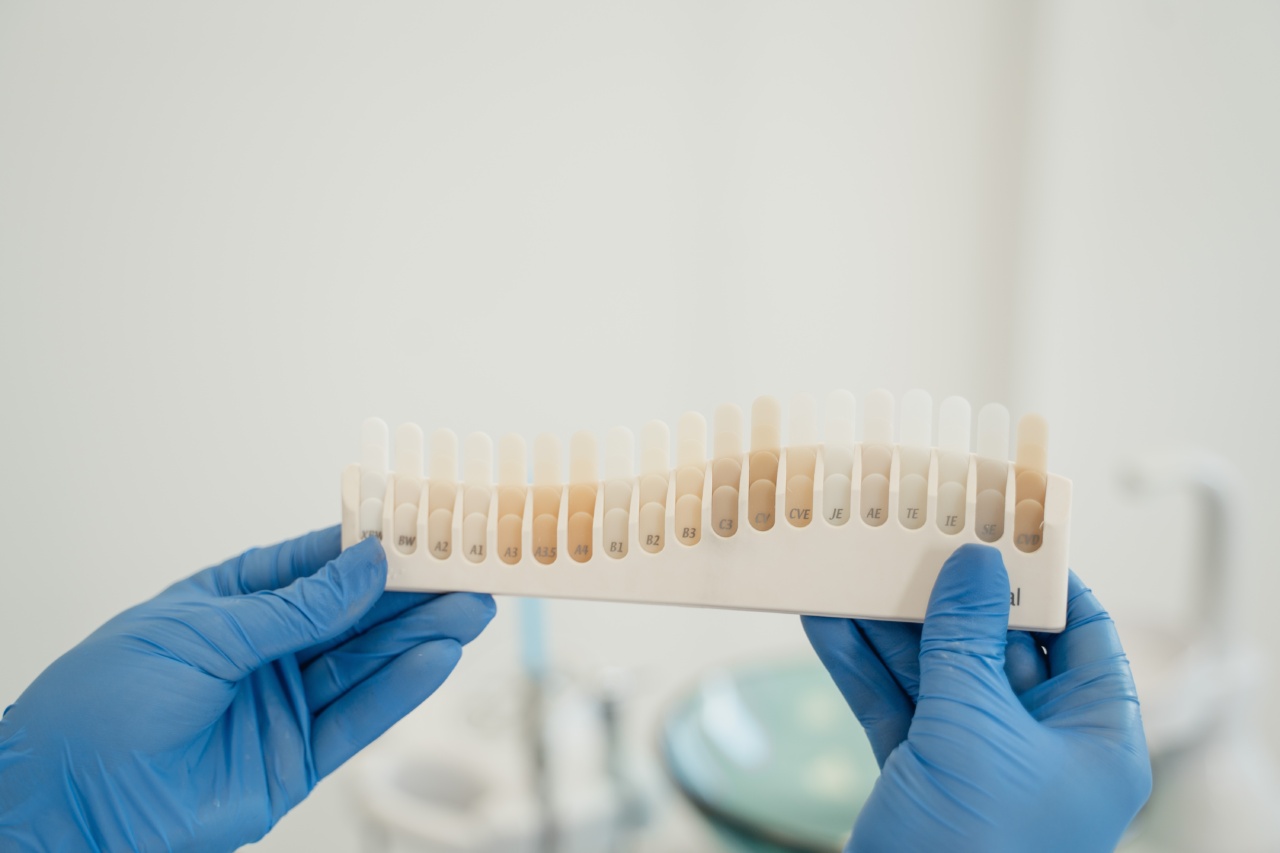Haematuria, commonly known as blood in the urine, is a medical condition that can be a sign of an underlying problem.
It is essential to understand the causes and treatment options for this condition to ensure timely medical intervention and proper management.
What is Haematuria?
Haematuria refers to the presence of red blood cells in the urine, which gives it a pink, red, or brownish color.
The condition can be either visible to the naked eye, known as gross haematuria, or detectable only under a microscope, called microscopic haematuria.
Causes of Haematuria
Haematuria can occur due to various reasons, ranging from minor issues to serious medical conditions. Some common causes include:.
Urinary Tract Infections (UTIs)
UTIs are one of the most common causes of haematuria. They occur when bacteria enter the urinary tract, leading to infection and inflammation. UTIs are more prevalent in women than men.
Kidney Stones
Kidney stones are hard mineral and salt deposits that form in the kidneys. When these stones move along the urinary tract, they can cause bleeding and result in haematuria.
Bladder or Kidney Infections
Infections of the bladder or kidneys, known as cystitis and pyelonephritis, respectively, can cause haematuria. These infections are often accompanied by other symptoms such as pain, frequent urination, and fever.
Enlarged Prostate
In men, an enlarged prostate, also called benign prostatic hyperplasia (BPH), can obstruct the normal flow of urine. This obstruction can lead to urinary tract infections and haematuria.
Kidney Disease
Various kidney diseases, including glomerulonephritis and polycystic kidney disease, can cause haematuria. These conditions affect the filtering ability of the kidneys, leading to blood in the urine.
Trauma or Injury
Any trauma or injury to the kidneys, bladder, or urinary tract can result in haematuria. This can occur due to accidents, falls, certain medical procedures, or strenuous physical activities.
Medications and Blood Thinners
Some medications, such as certain antibiotics and blood thinners, may cause haematuria as a side effect. It is important to consult with a healthcare professional if you suspect your medication is causing blood in your urine.
Cancer
While less common, haematuria can be a symptom of various cancers, including bladder, kidney, or prostate cancer. It is crucial to rule out these possibilities, especially if other symptoms or risk factors are present.
Evaluation and Diagnosis
When haematuria occurs, it is essential to seek medical evaluation to determine the underlying cause. The healthcare provider may perform several tests and procedures, including:.
Physical Examination and Medical History
The doctor will review the patient’s medical history, including any previous episodes of haematuria, medications, and family history. A physical examination may also be conducted to check for any abnormalities.
Urine Tests
Urine samples will be collected to analyze the presence of red blood cells and other indicators of infection or kidney function. This may include a urinalysis and urine culture.
Imaging Tests
To identify any structural abnormalities or sources of bleeding, imaging tests like ultrasounds, CT scans, or MRIs may be ordered. These tests provide detailed images of the urinary tract, kidneys, and bladder.
Cystoscopy
A cystoscopy involves inserting a thin tube with a camera into the urethra and bladder to examine the urinary tract for any abnormalities or signs of disease.
Treatment Options
The treatment for haematuria depends on the underlying cause. Some common treatment options include:.
Antibiotics
If a urinary tract infection is the cause of haematuria, antibiotics are prescribed to eliminate the infection. It is important to complete the full course of antibiotics to ensure the infection is properly treated.
Kidney Stone Management
If kidney stones are causing haematuria, treatment options may include medications to help pass the stone, extracorporeal shock wave lithotripsy (ESWL) to break down the stone, or surgical intervention for larger stones.
Medication Adjustment
If haematuria is a side effect of a medication, the healthcare provider may adjust the dosage, switch to an alternative medication, or prescribe medications to manage the side effects.
Surgery or Intervention
In cases where haematuria is caused by bladder or kidney cancer, surgical intervention, radiation therapy, or chemotherapy may be necessary. The treatment approach depends on the stage and extent of the cancer.
Monitoring and Follow-up
After the initial diagnosis and treatment, it is important to monitor the condition closely. Regular follow-up appointments and check-ups help ensure that the haematuria is not recurring or indicating any further complications.






























